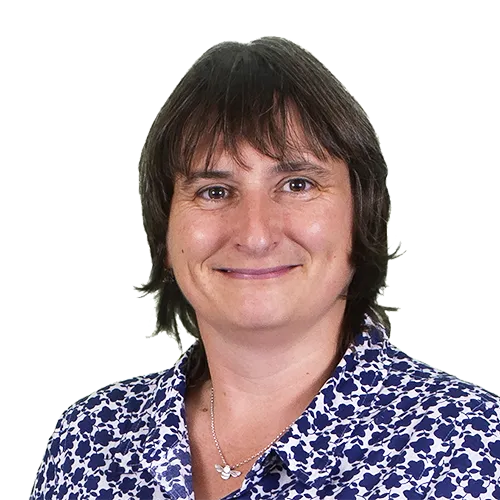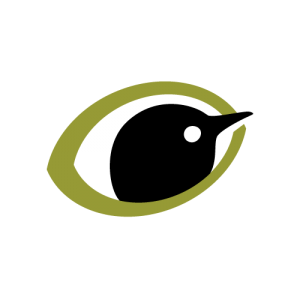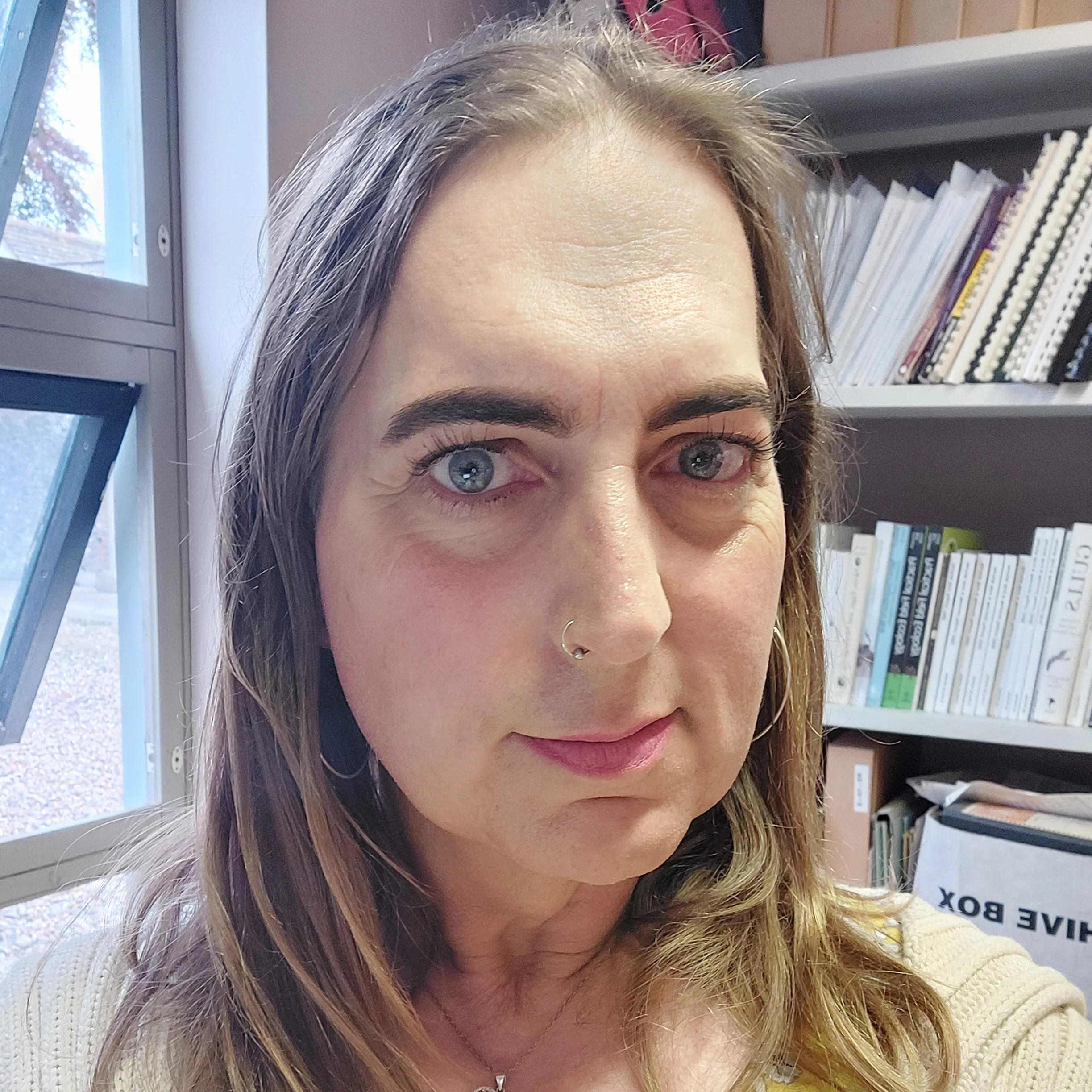Citation

Overview
Little Owls are in decline in the UK, but are hard to monitor, making it difficult to establish this species' conservation and management needs. Newly-published research by the BTO demonstrates how playback could be an effective tool for helping to detect and monitor this species.
In more detail
A non-native species, the Little Owl was introduced to the UK and first bred here in the late-1800s. Although it spread rapidly across lowland agricultural habitat, the population has declined fast in recent years, in a similar trajectory to that found in parts of its native range elsewhere in Europe. However, because this species is largely nocturnal and found at a low population density, it is hard to construct reliable population estimates, and the most recent number of 5,700 pairs is derived from work published in 2008. As a declining predatory species that largely occupies agricultural areas and has a varied diet, a better understanding of the Little Owl population and the drivers of its change is valuable irrespective of this species’ native status, so new and improved techniques monitoring Little Owl numbers are desirable.
New BTO research, led by Gary Clewley, has tested the use of playback to monitor Little Owl numbers. Here, the response of local birds to recordings of Little Owl calls is assessed. This method was tested in a well-monitored Little Owl population in the Lincolnshire Fens, on whose habitat 12 squares of 2 km by 2 km were surveyed on four occasions between sunset and midnight in March and April 2015. The results showed that playback was a very effective means of detecting Little Owls. Little Owls were found in 100% of squares where individuals were known to be breeding after only two visits. This method could be scaled up for use in wider ecological research or indeed a national survey of Little Owls, the need for which BTO is currently considering. Either way, the application of playback in Little Owl monitoring could prove valuable in decisions about how to manage and conserve this species.
This work was generously funded by The Sound Approach. The authors are also extremely grateful to Bob Sheppard and Alan Ball for their tireless owl monitoring work in the survey area which allowed confirmation of Little Owl occupancy and to to Dries Van Nieuwenhuysefor providing the playback audio file.



